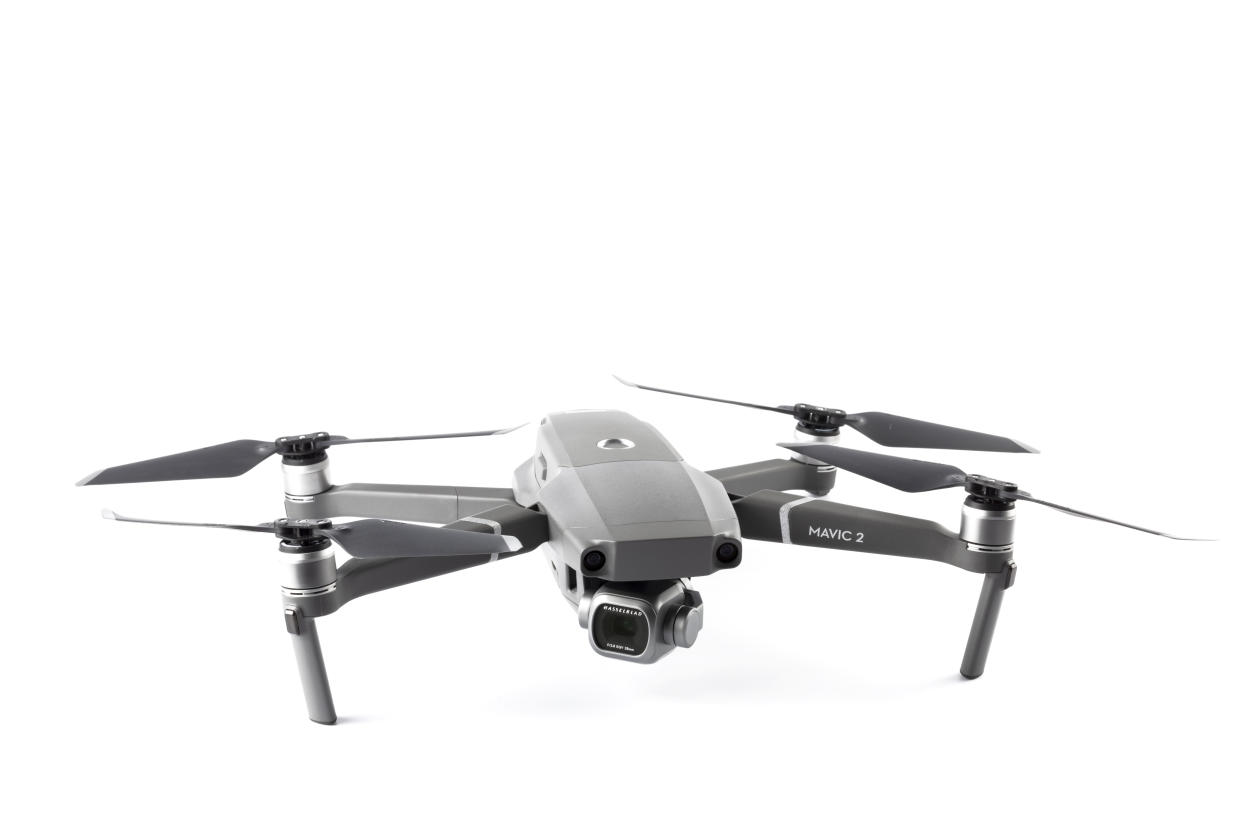Two men charged with operating drones without permit near protected areas

SINGAPORE — Two men were charged on Tuesday (9 June) with operating drones without permits in the vicinity of protected bases.
Neo Wei Ren, 35, and Lee Soon Tee, 66, are said to have separately operated drones on different occasions last year. Both are Singaporeans.
Neo faces five charges under the Air Navigation Order for operating a drone in the immediate vicinity of the Ministry of Defence’s Gombak Base, which is a protected area. He is said to have operated the DJI Mavic Pro Drone from a private-property house along Cashew Crescent between May and October last year.
He was also charged with four counts of taking a photograph of a protected area with the drone, which is a breach of the Air Navigation Act. These acts were said to have been done across four occasions – on 11 and 25 August, as well as on 6 and 13 October.
He was also handed seven charges of operating the drone for recreation purposes without a Class 2 activity permit.
A police report was lodged on 13 October last year about Neo’s alleged drone sighted flying near Gombak Base. Neo was said to have taken aerial-view photos using the drone which was flown above Gombak Base. His identity was established through ground enquiries.
Neo will return to court on 1 July.
Retiree said he flew drone as hobby
Lee, a retiree, was charged with operating an Emotion Mavic Drone DJ Pro drone weighing 734 grams without a valid Class 2 activity permit.
He had flown the drone within five kilometres of an aerodrome at about 5pm on 22 September last year, from an open field along Tampines Industrial Avenue 2.
The following day, police received a report on Lee’s drone, which was recovered from the roof of Tampines Wafer Substation. Through investigations, officers established Lee’s identity and arrested him. His charge constitutes a breach under the Air Navigation Order.
Appearing in court in person, Lee told the court that he wanted to find a hobby upon retirement and bought the drone as “a toy”.
He said, “I have never operated a drone before. It was my first attempt in an open field. I operated it for about two minutes before the wind blew it away.”
He added that the height at which he operated the drone was at most 50 feet (15 metres) and “not high enough to cause any interference with aircraft operation, nor was it my intention to do so”.
He contested the charge on the weight of the drone, claiming it was below 250 grams and hence did not need to be registered. He alleged that the drone was not a real Mavic, but a low-cost product bought for US$17.40 (S$24.20) from China.
District Judge Adam Nakhoda then replied that Lee could put the drone on a weighing scale for its weight and added that ignorance of the law was not a defence. He adjourned the case to 30 June.
The police said in a new release that operators of drones should refer to the OneMap.sg website or OneMap app to check the areas where flying of an unmanned aircraft (UA) is not allowed unless a permit has been obtained.
“Users are also reminded that recreational flying of UA outdoors during this safe re-opening phase is not allowed. Any UA with a total weight of above 250g must also be registered before it can be operated in Singapore,” it added.
Anyone convicted taking photos over a protected area using a drone, or of operating a drone over a protected area may be jailed up to two years or fined up to $50,000.
For the offence of operating a drone without a permit, under paragraph 80(5) of the Air Navigation Order, a person may be fined up to $20,000.
Stay in the know on-the-go: Join Yahoo Singapore's Telegram channel at http://t.me/YahooSingapore
Other Singapore stories:
Permanent Secretaries empowered to invoke anti-fake news law during general election
Singaporean man, 26, among 386 new COVID-19 cases in S'pore, total crosses 38,000 mark
No plan currently for mandatory use of wearable devices for COVID-19 contact tracing: Balakrishnan
Singapore will work with Malaysia to set up health protocols for cross-border travel
Travellers returning from China after fast-lane travel to serve 14-day SHN



